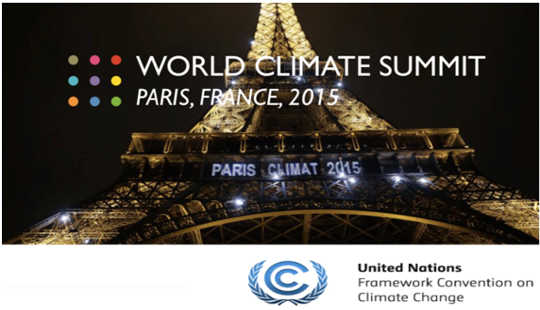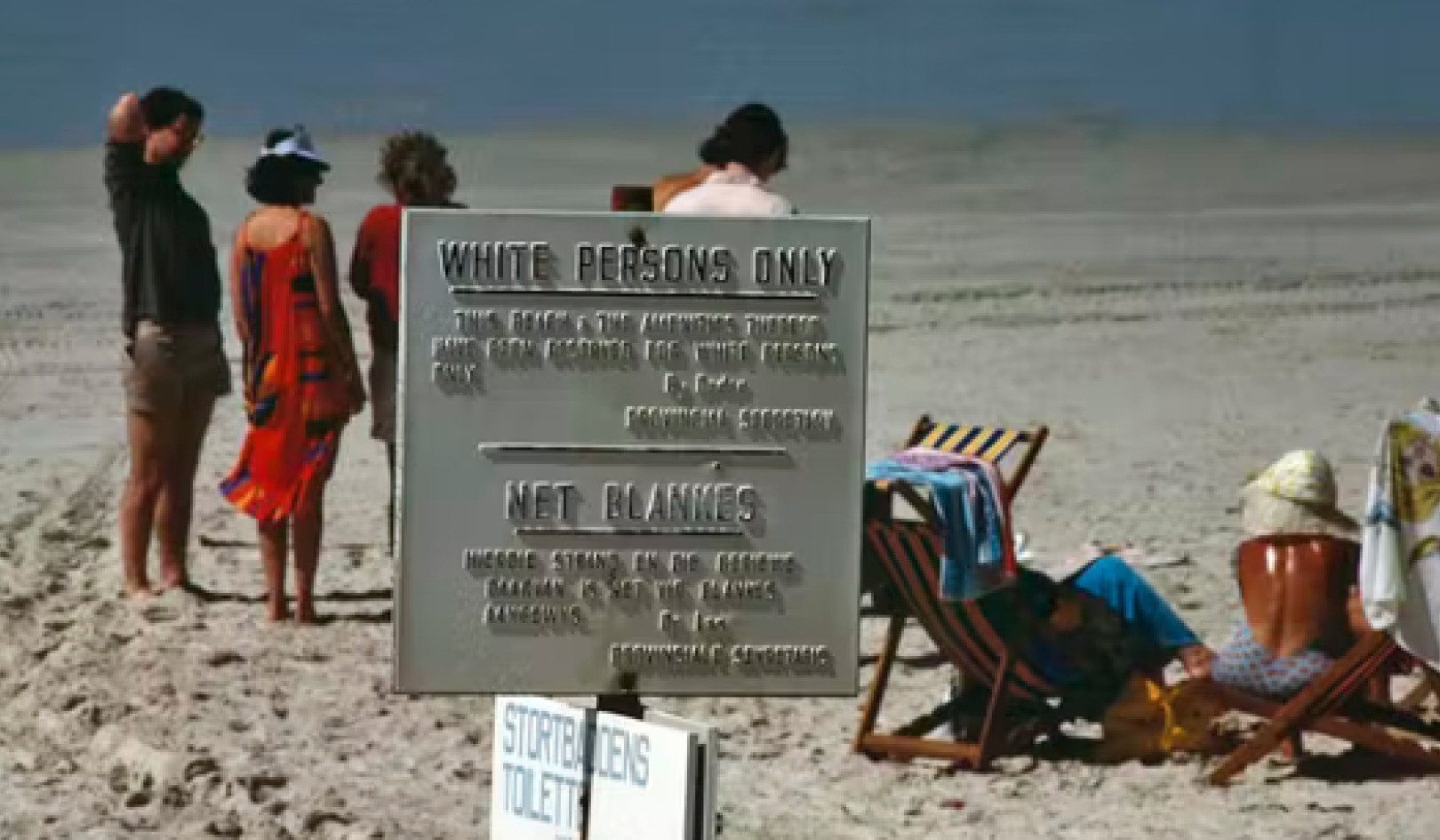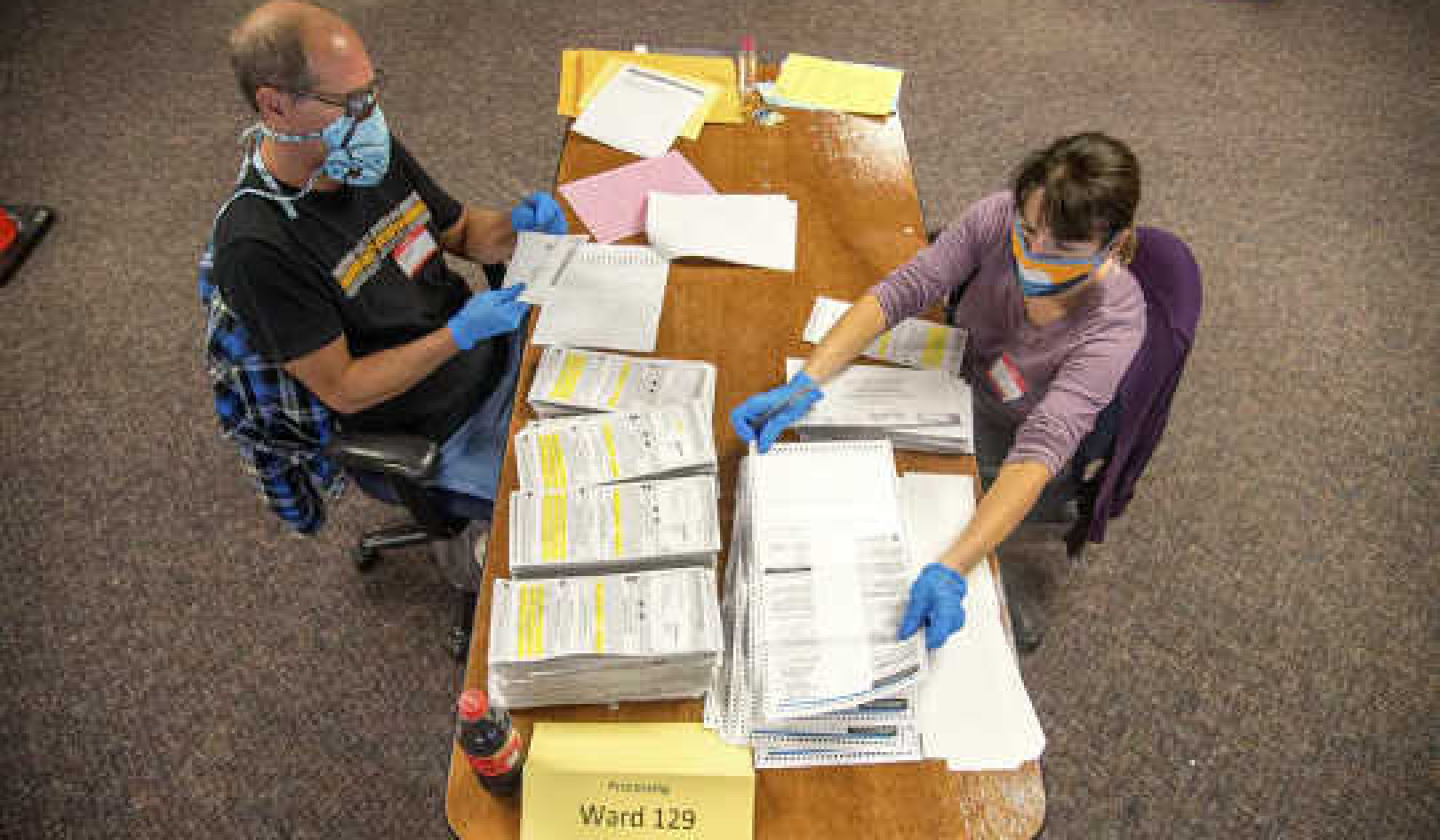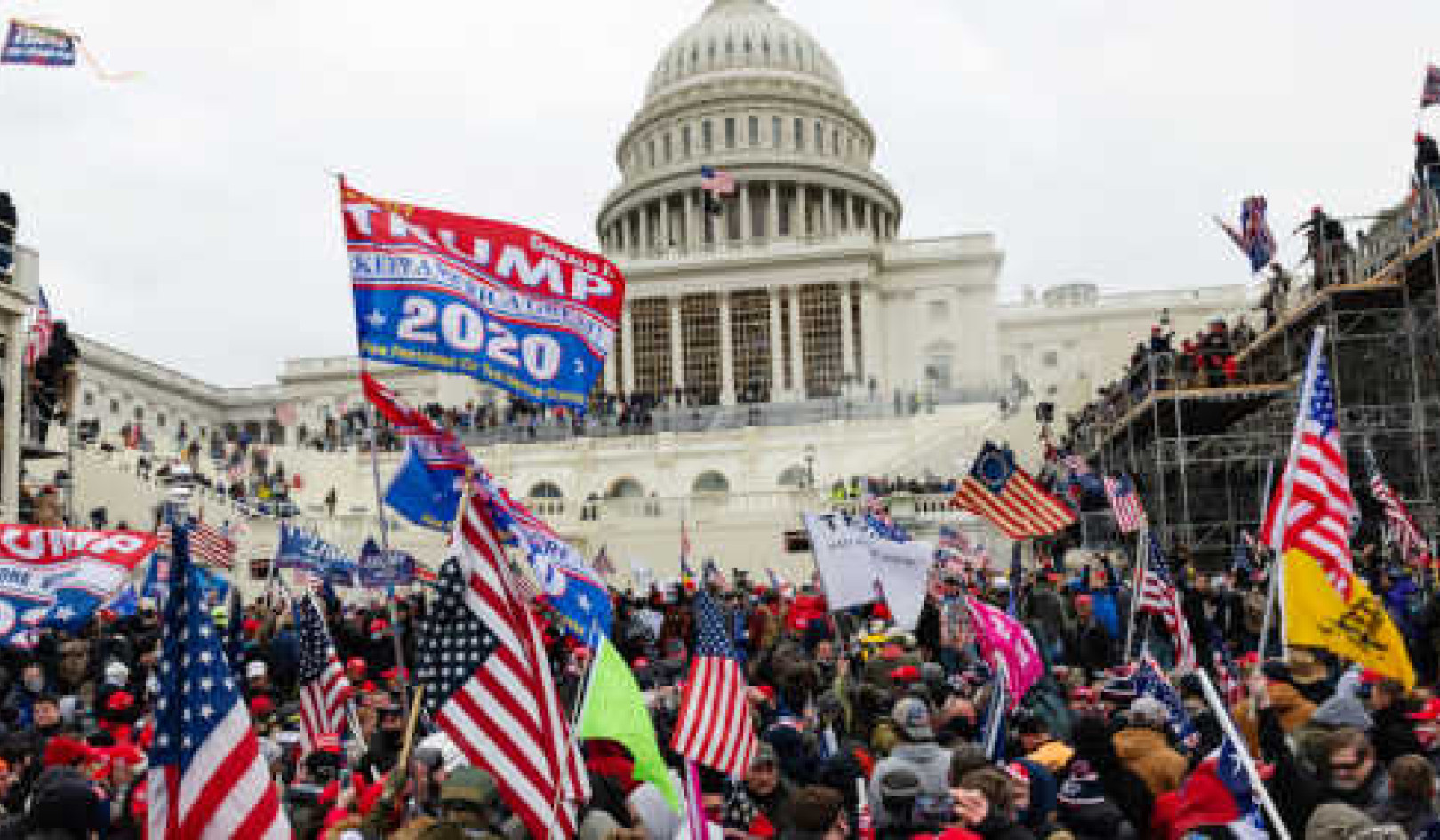
The UN climate talks in Paris have ended with an agreement between 195 countries to tackle global warming. The climate deal is at once both historic, important – and inadequate. From whether it is enough to avoid dangerous climate change to unexpected wins for vulnerable nations, here are five things to help understand what was just agreed at COP21.
1. This Is A Momentous, World-changing Event
The most striking thing about the agreement is that there is one. For all countries, from superpowers to wealthy city-states, fossil fuel-dependent kingdoms to vulnerable low-lying island nations, to all agree to globally coordinate action on climate change is astonishing.
And it is not just warm words. Any robust agreement has to have four elements. First, it needs a common goal, which has now been defined. The agreement states that the parties will hold temperatures to “well below 2°C above pre-industrial levels and to pursue efforts to limit the temperature increase to 1.5°C above pre-industrial levels”.
Second, it requires matching scientifically credible reductions in carbon dioxide and other greenhouse gas emissions. The agreement is woollier here, but it does state that emissions should peak “as soon as possible” and then be rapidly reduced. The next step is to:
Achieve a balance between anthropogenic emissions by sources and removals by sinks of greenhouse gases in the second half of this century, on the basis of equity …
Third, as current pledges to reduce emissions imply a warming of nearly 3°C above pre-industrial levels, there needs to be a mechanism to move from where countries are today, to zero emissions. There are five-year reviews, and “the efforts of all parties will represent a progression over time”, which means at each step countries should increase their levels of emission cuts from today’s agreements.
Finally, this all means developed countries need to rapidly move from fossil fuel energy to renewable sources. But the challenge is larger for the developing world: these countries must leapfrog the fossil fuel age. They need funds to do so and a key part of the agreement provides US$100 billion per year to 2020, and more than that after 2020.
There is a lot to like about this agreement: it gives a common goal to avoid the worst impacts of climate change, the overall emissions cuts stated are reasonably credible, there is a mechanism to increase national emissions cuts over time towards “net zero”, and there is funding secured to help poorer countries harness the power of the sun, wind and waves instead of coal, oil and gas. It provides a roadmap to get the world off its dangerous addiction to fossil fuel energy.
2. It’s Not Enough To Avoid Dangerous Climate Change
What constitutes dangerous climate change is different for different people. For some poor people climate change is already beyond dangerous, it’s deadly. The threats escalate as the cumulative emissions of carbon dioxide in the atmosphere increase. Because this deal has been so long in arriving, the window of opportunity to limit temperature rises at 1.5°C is closing fast; this spells trouble for many low-lying areas. Even the most ambitious pathways to zero emissions in the coming decades for a carbon budget associated with a reasonable (66%) chance of keeping 2°C above pre-industrial levels are extremely challenging. Countries have a long way to go to get to these levels of reductions.
Importantly, there are no penalties, except public shaming, for countries that do not meet their commitments to reduce emissions. To implement this deal the public, civil society organisations, opposition parties in politics and businesses will need to keep government policies in check. Essentially, it is the will of the people, most governments and enlightened businesses, pitted against the deep pockets of the fossil fuel industry.
One future fear is that when the “global stocktake” happens in 2023, some countries may see that others aren’t doing their bit, and may themselves then stop reducing emissions and the agreement will fall apart.
3. We’ll Have To Remove Carbon Dioxide From The Atmosphere
The warming we see from greenhouse gas emissions is dominated by the cumulative emissions of carbon dioxide. Given the emissions so far, limiting warming to “well below” 2°C, and anywhere near 1.5°C means reducing CO2 emissions to near zero extremely quickly.
Then society will need to continue further, to negative emissions. That is, removing carbon dioxide from the atmosphere and storing it somewhere else. There are various options here, from planting trees and keeping restored forest in perpetuity, enhancing uptake in soils, or using biomass energy in power plants then storing the carbon dioxide underground (so-called Bio-Energy with Carbon Capture and Storage). Expect to hear a lot more about this.
4. Expect Across-the-board Policy Changes
To get to zero emissions this century requires many policy changes. Fossil fuel companies must have their subsidies stripped. Investments in high-carbon emitting infrastructure must end, particularly World Bank loans and other regional multilateral bank support for countries. Zero emissions buildings will become the norm. Tropical forests will have to be protected to reduce and then eliminate deforestation.
Expect a greater push on the technological limitations on renewable energy, with big new investments, mostly improving how to store power, for when the wind is not blowing and the sun is not shining. Expect the cost of renewables to sink much further as these technologies are scaled up and implemented worldwide. Expect significant areas of the world to be given over to wind turbines and solar farms.
5. The World’s Most Vulnerable Countries Got Their Issue Centre Stage
Paris was a high-stakes game of geopolitical poker. Surprisingly, those countries with the poorest hand came out better than expected. The climate talks were subject to a series of shifting alliances going beyond the usual income-rich northern countries and income-poor global south countries. Central to this has been US-Chinese diplomacy, both agreeing to limit emissions, and more recently the new Climate Vulnerable Forum grouping of countries. From nowhere, the forum has forced keeping global temperatures to 1.5°C high on the political agenda.
We haven’t heard the last of this level of ambition – one of the decisions in the Paris agreement is to invite the Intergovernmental Panel on Climate Change to produce a special report on the impacts at 1.5°C, and emissions pathways consistent with this level of warming.
These countries didn’t get everything they wanted – the US would not accept liability in financial terms for states that may lose their territory to rising sea levels in the future. But they played their hand extremely smartly.
About The Author
 Simon Lewis, Reader in Global Change Science at University of Leeds and, UCL is a plant ecologist by training with a central focus on the tropics and global environmental change including climate change. His primary interest is in how humans are changing the Earth as a system. This is because one of the key issues facing humanity in the 21st century will be to address how a population of at least 8 billion can lead fulfilled lives without breaching environmental thresholds that may cause serious social, economic and environmental disruption, or even more severe outcomes.
Simon Lewis, Reader in Global Change Science at University of Leeds and, UCL is a plant ecologist by training with a central focus on the tropics and global environmental change including climate change. His primary interest is in how humans are changing the Earth as a system. This is because one of the key issues facing humanity in the 21st century will be to address how a population of at least 8 billion can lead fulfilled lives without breaching environmental thresholds that may cause serious social, economic and environmental disruption, or even more severe outcomes.
This article was originally published on The Conversation. Read the original article.
Related Book:
at

Thanks for visiting InnerSelf.com, where there are 20,000+ life-altering articles promoting "New Attitudes and New Possibilities." All articles are translated into 30+ languages. Subscribe to InnerSelf Magazine, published weekly, and Marie T Russell's Daily Inspiration. InnerSelf Magazine has been published since 1985.

Thanks for visiting InnerSelf.com, where there are 20,000+ life-altering articles promoting "New Attitudes and New Possibilities." All articles are translated into 30+ languages. Subscribe to InnerSelf Magazine, published weekly, and Marie T Russell's Daily Inspiration. InnerSelf Magazine has been published since 1985.
























